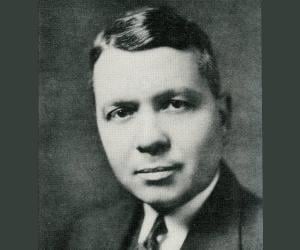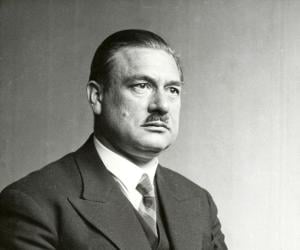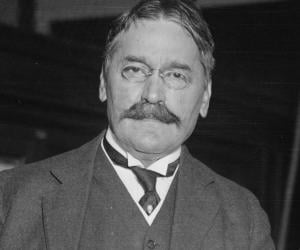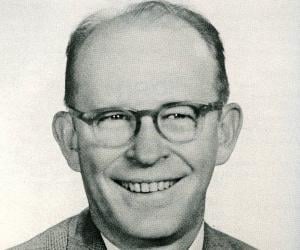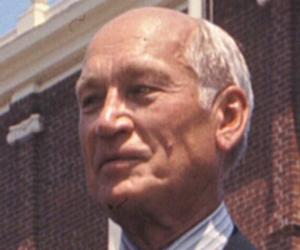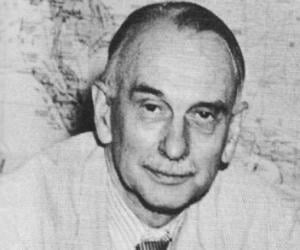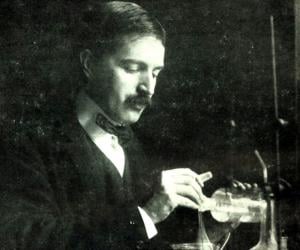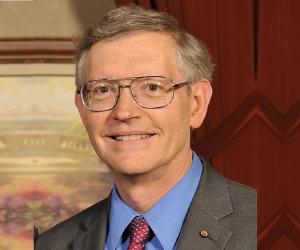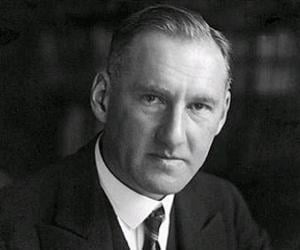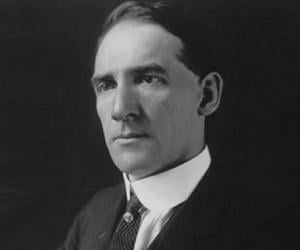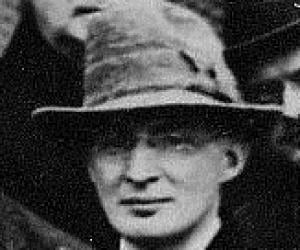1
Gilbert N. Lewis
(American Physical Chemist Best Known for His Discovery of the Covalent Bond)
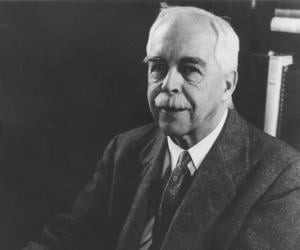
20
4
Birthdate: October 23, 1875
Sun Sign: Libra
Birthplace: Weymouth, Massachusetts, United States
Died: March 23, 1946
Gilbert N. Lewis was an American physical chemist known for his groundbreaking contributions to the understanding of chemical bonding. He discovered the covalent bond and introduced the concept of electron pairs, revolutionizing modern theories of chemical bonding. Lewis also made significant advancements in chemical thermodynamics, photochemistry, and isotope separation. As a professor at the University of California, Berkeley, he mentored several future Nobel laureates and played a key role in establishing the university as a prestigious center for chemistry. Lewis' research and teachings continue to influence the field of chemistry today.
